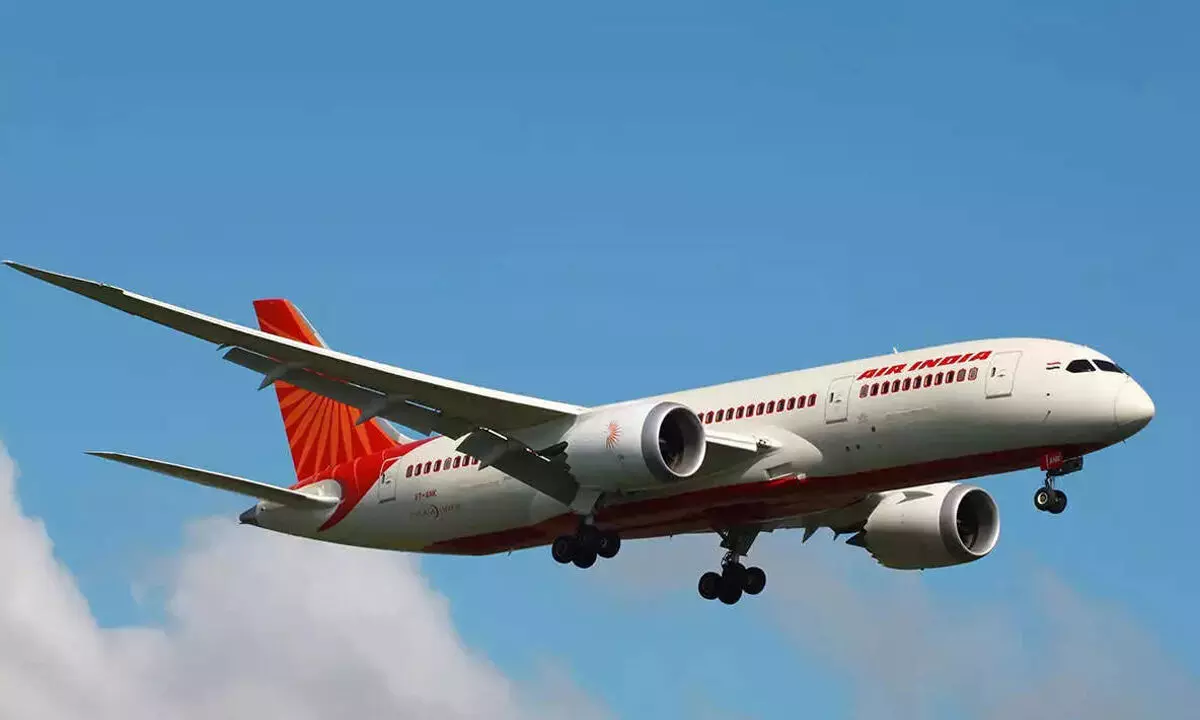Indian skies set for a duopoly as Tata's aviation merger plan taking off
Mergers and acquisitions in the transportation sector are typically explained as attempts to capture economies of scale and scope through shared infrastructure and related cost-saving measures.
image for illustrative purpose

Mergers and acquisitions in the transportation sector are typically explained as attempts to capture economies of scale and scope through shared infrastructure and related cost-saving measures. In the airline industry, the past 15 years have seen an increasing number of international mergers and acquisitions that would have been blocked under prior regulatory regimes. This activity suggests that there are indeed gains from increasing airline size. Such gains may be largely financial in nature. One benefit to a merged airline could be greater market power over particular routes and hubs after merger, as well as improved contract structure and bargaining power in operations, although greater de-regulation and more competition internationally makes these arguments less compelling.
Merger integration is a trend of the development of the international aviation industry in recent years. After a series of mergers and reorganizations, the market is full of vitality and competitive power.
Currently, India is the third largest domestic civil aviation market in the world and fifth largest market in terms of air passengers both domestic and internationally.
Tatas after re-entering the aviation sector with its $2.4 billion acquisition of government-owned Air India have earned the rare distinction of being a part of four airline ventures – Vistara, AirAsia India, Air India and Air India Express.
Now, it's bringing its interests together – by merging low-cost carriers AirAsia with Air India's low-cost subsidiary Air India Express. It's also moving towards merging its other two full-service airlines – Vistara with Air India.
Between Tata-owned airlines and the largest carrier, IndiGo – the Indian airline industry is set for a duopoly, experts say. "The industry is headed towards a duopolistic structure with Air India and IndiGo making up a dominant 80 per cent of the market," said an Edelweiss report.
This 'structural command' is good for both these groups, which will give them better pricing power – that's much needed as the sector faces headwinds from hike in aviation turbine fuel prices.
"The anticipated duopoly would surely bring pricing discipline among large carriers and that should improve their financial performance," Manvi Hooda, practice lead at CAPA India, said in an Edelweiss report.
With the handover, Tata Group now has control of four airline brands, each with its own profile, culture, and cost basis. The integration will entail examining common systems, redundant capacity, and prices, while keeping competition policy in mind. Merging common systems, eliminating redundant capacity, and minimizing expenses are all part of successful integration.
The full-service carrier Air India, its low-cost unit Air India Express, and a 50 per cent share in the airline's ground and cargo handling business, Air India SATS Airport Services, are all managed by the Tata Group (AISATS). The new owner of Air India already owns Vistara, a full-service joint venture between the Tata Group and Singapore Airlines, and AirAsia, a joint venture between Tata Sons and Malaysia's AirAsia Investment.
A potential merger would necessitate a complete overhaul of Air India's service standards. The Tata Group has committed to significantly increasing its investment in the Air India brand. A 100-day strategy is already in the works to address immediate concerns like the airline's on-time performance (OTP), call centers, and the prompt resolution of passenger complaints.

